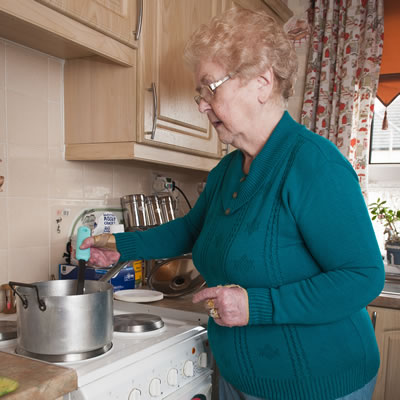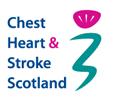
© Crown copyright 2009
Pacing should avoid the high peaks and low troughs and even out your energy level for the day. Notice how you can complete more tasks than before over a longer time. You should still be able to gradually build up exercise and activity into your day using pacing.
- Use of pacing helps you manage the symptoms you experience related to having COPD, and other long term health conditions.
- Pacing is an important way to manage both your physical and emotional well being, and overall sense of control over your symptoms.
- It is important to consider the activities you undertake in a day, how they impact on your symptoms, and think about pacing.
- The essence of Pacing is about ‘listening to your body’. Slow down if necessary or take short breaks if needed to stay in control and manage breathlessness or any other of your symptoms on a day-to-day basis.
- Remember a certain level of breathlessness is good for you. For more information on this please see our section on: Pulmonary Rehabilitation.
Here are a couple of practical examples of pacing
Pacing is maybe linked to time. How long can you spend out of the house?
- One hour then come home so you still have energy for the rest of the day.
- Stay out for four hours and you maybe exhausted for the rest of the day.
- ……and the following day you wonder why you still feel exhausted.
“I love to dance and now I get too breathless.”
- Pick a slower dance and join in half way through the dance so you can make it to the end.
- Sometimes you have to accept doing smaller chunks of things.





